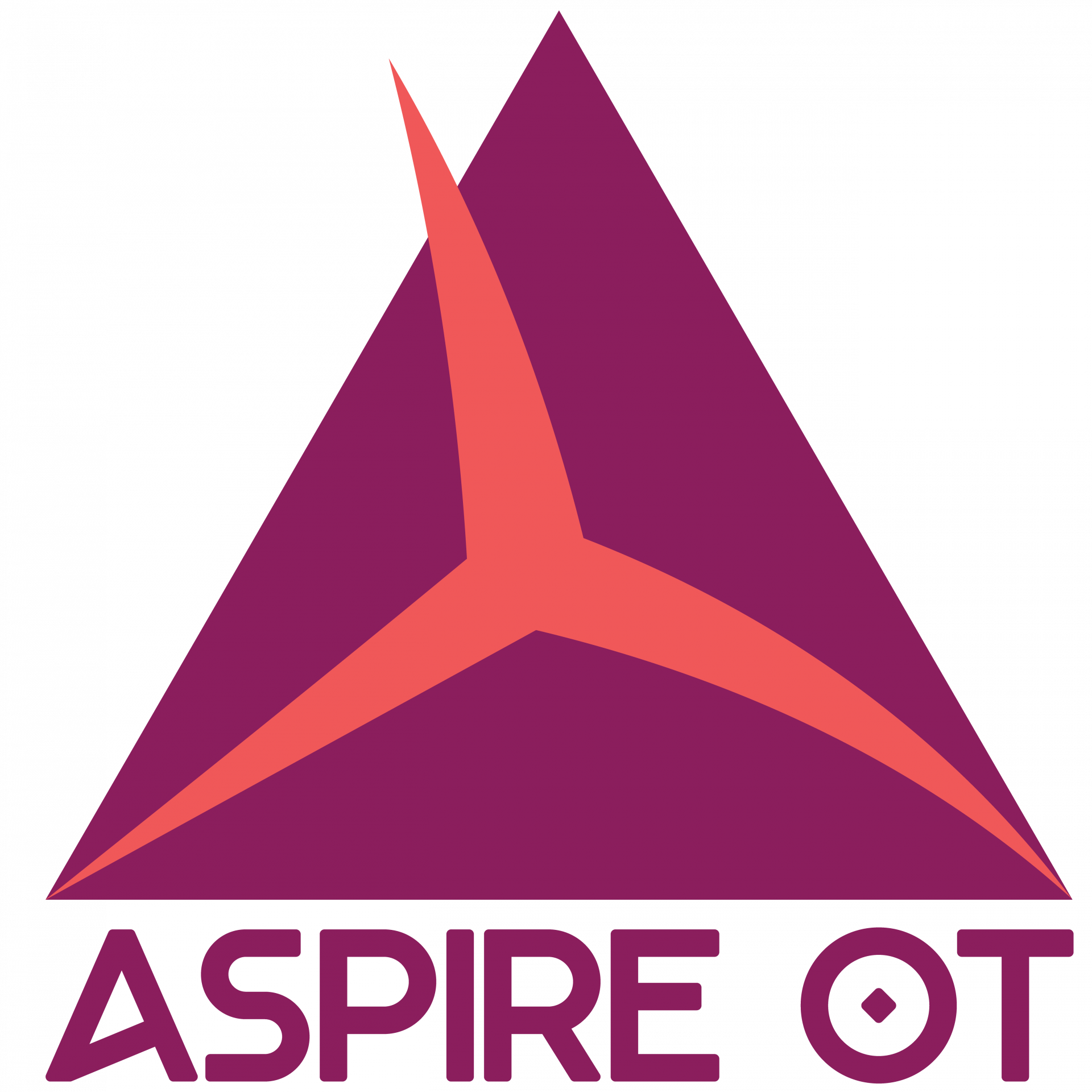Welcome to guest blogger and occupational therapy student, Kristine Avendano, OTA, OTD-S
What happens when your passion as an occupational therapy student leads you into a field where few resources exist, few professionals are involved, and most people avoid the conversation altogether?
Occupational therapy’s role in serving survivors of human trafficking—especially child sex trafficking (CST)—is underdeveloped, under-researched, and often misunderstood. As an entry-level OTD student, I never expected to focus my doctoral capstone in such a complex and sensitive space.
Yet, through academic inquiry, professional mentorship, and persistence, I’ve learned how OT can bring powerful, trauma-informed care to this population—and why our profession needs more advocates to step into emerging areas like this.
By the end of this post, you’ll understand how to begin advocating for OT in under-recognized practice areas and take actionable steps toward developing a capstone or professional project that addresses real gaps in service.
Empty space, drag to resize
Key Takeaways:- How to use one’s academic curiosity to identify emerging practice opportunities
- The importance of education, mentorship, and research in shaping advocacy efforts
- How to present and promote OT’s value in spaces where it’s not yet recognized
Here’s a quick overview of the steps to success:
- Step 1: Let your academic interests uncover gaps in care
- Step 2: Seek mentorship and learning opportunities in the emerging area
- Step 3: Advocate through education, presentation, and professional outreach
Empty space, drag to resize
Capstone projects often begin with a class, a topic, or a personal experience that sparks curiosity. In my case, it was a neuroscience course that explored how childhood trauma impacts brain development and daily functioning—an area clearly aligned with OT but rarely connected to trafficking survivors.
If you're unsure where to begin, try this process:
• Reflect on courses or assignments that made you curious about underserved populations or complex trauma
• Explore how OT theory and practice could apply in those areas, even if they’re not traditional practice settings
• Research service gaps to determine if OT is even part of the conversation yet
I focused several class papers on childhood sexual abuse (CSA) and its neurological impacts. This led me to consider child sex trafficking and how survivors’ needs overlap with OT’s scope—particularly in sensory processing, emotional regulation, and rebuilding occupational identity.
Common Pitfalls
• Feeling stuck due to lack of existing literature: Emerging fields don’t always have roadmaps—be prepared to build one
• Focusing only on traditional settings: Break free from typical fieldwork models and think creatively
Once you identify a population or topic that matters to you, the next step is to seek guidance and expand your expertise.
.
Entering an emerging practice area can feel isolating—but it doesn’t have to be. There are professionals doing this work quietly, and continuing education can help you connect with them.
• Attend relevant CEUs or webinars: Look for trauma-informed care, human trafficking, or community-based OT topics
• Reach out to presenters or experts: Introduce yourself, share your interest, and ask questions
• Request mentorship: Many leaders in emerging areas are eager to support passionate students
I attended a CEU course through ASPIRE OT called Human Trafficking:
The Emerging Role of OT Practitioners. There, I met
Dr. Toni Thompson, a leader in this space and the course presenter. She became my capstone mentor and has supported me through the ups and downs of developing a capstone in an underdeveloped field.
Common Pitfalls
• Waiting too long to reach out: Don’t assume you need everything figured out first—mentorship is for growth, not perfection
• Fearing rejection: Most professionals welcome enthusiastic students who are committed to making a difference
With knowledge and mentorship in place, the final step is to turn your passion and preparation into real-world advocacy.
In emerging practice areas, visibility is everything. One of the most powerful things you can do as a student or practitioner is share what you’ve learned with others.
• Apply to present at local or national conferences: Even a structured literature review can raise awareness
• Offer presentations to your peers or other students: Education within OT programs is a great starting point
• Partner with organizations: Introduce OT to agencies serving the population you're focused on
• I submitted a poster to AOTA Inspire 2024 titled Sensory-Based OT Interventions for Victims of Child Sex Trafficking: A Structured Literature Review—and it was accepted
• I presented virtually to OT students at a university, highlighting my capstone project and the potential for OT involvement in human trafficking survivor support
• Despite barriers to finding a fieldwork site, I remained committed to advocating for OT’s role wherever possible
Common Pitfalls
• Expecting immediate acceptance: Many organizations are unfamiliar with OT in this context—be patient and clear
• Underestimating your influence: Student voices can open doors and challenge outdated assumptions
Advocating for occupational therapy in the context of human trafficking is not easy—but it is possible. By following your academic curiosity, seeking out mentorship, and sharing your work boldly, you can make a lasting impact in spaces where OT is needed most.
Here's what you can now do:
• Identify overlooked or underserved populations in your coursework or clinical rotations
• Connect with professionals who share your passion
• Use your capstone, research, or personal platform to educate and advocate
You don’t need to be an expert to make a difference—you just need to start the conversation.
If you’re interested in advocating for OT in emerging practice areas:
• Share this post with a fellow student, professor, or OT mentor
• Explore continuing education from
ASPIRE OT




